The More The Merrier




"The More The Merrier" emerges from my vision to inspire people to momentarily step back and admire the unique creations I've forged, especially in today's bustling digital age where pausing for simple pleasures is often overlooked.
This groundbreaking initiative presents an intuitive platform, allowing users to seamlessly combine various elements to form a myriad of seating options. Fashioned from ropes and wooden components, its versatility shines as it can transition into a bench, coffee table, or even twin standalone chairs. At its core lies the principle of interconnected ropes, eliminating the need for nails.
My experiments pave the way to reintroduce the importance of tactile sensations, logical reasoning, and creativity in shaping our surroundings. The decisions we make about a space carry weight, whether consciously or subconsciously. The vision entails crafting pieces where the recipient's choices dictate their assembly and functionality. These components should coalesce, enabling varied human interactions and sparking creativity to manifest diverse shapes. From essential pieces like chairs and tables to purely aesthetic forms, their adaptability ensures they evolve with our dynamic lives.
Rather than serving purely as a decorative piece, my goal was to engineer functional items that challenge the prevailing culture of disposable furniture, which poses environmental threats. I believe there should be a shift towards valuing and retaining quality items, promoting a sustainable approach to consumption.
Investing in lasting quality not only minimizes replacements but also elevates the intrinsic worth of possessions, fostering sustainability. This furniture transcends mere functionality, offering joy as it shifts effortlessly between forms. The seamless rope system facilitates easy linkage; connect here, connect there, and witness their harmonious integration. Once united, a simple seal ensures peak performance.
![]()
This groundbreaking initiative presents an intuitive platform, allowing users to seamlessly combine various elements to form a myriad of seating options. Fashioned from ropes and wooden components, its versatility shines as it can transition into a bench, coffee table, or even twin standalone chairs. At its core lies the principle of interconnected ropes, eliminating the need for nails.
My experiments pave the way to reintroduce the importance of tactile sensations, logical reasoning, and creativity in shaping our surroundings. The decisions we make about a space carry weight, whether consciously or subconsciously. The vision entails crafting pieces where the recipient's choices dictate their assembly and functionality. These components should coalesce, enabling varied human interactions and sparking creativity to manifest diverse shapes. From essential pieces like chairs and tables to purely aesthetic forms, their adaptability ensures they evolve with our dynamic lives.
Rather than serving purely as a decorative piece, my goal was to engineer functional items that challenge the prevailing culture of disposable furniture, which poses environmental threats. I believe there should be a shift towards valuing and retaining quality items, promoting a sustainable approach to consumption.
Investing in lasting quality not only minimizes replacements but also elevates the intrinsic worth of possessions, fostering sustainability. This furniture transcends mere functionality, offering joy as it shifts effortlessly between forms. The seamless rope system facilitates easy linkage; connect here, connect there, and witness their harmonious integration. Once united, a simple seal ensures peak performance.

The Challenge:
Crafting a robust framework devoid of nails presented the primary hurdle in this venture. Multiple design revisions were necessary to achieve for the desired durability, requiring close collaboration with my carpenter to devise pragmatic solutions.
The process encompassed thorough redesigns using Autodesk to evaluate the viability of our selected blueprint. Tweaks and refinements were integrated to ensure the end product upheld its strength while eschewing nails. Overcoming the intricacies of this project hinges on devising an economically viable design, beneficial not just in the present but also for forthcoming production phases.
Another hurdle: “How do I guarantee the flawless assembly of individual components?”
This meant granting users adaptability while upholding the structural integrity to avert any impractical or hazardous setups.
From a construction perspective, the task was demanding, especially as I envisioned a nail-free assembly. The aim was to cultivate a user-friendly experience by sidelining tools like screwdrivers. The primary aspiration is to render the assembly process instinctual, sparing users from deciphering intricate guidelines. The core principle remains simplification, enabling users to grasp it with ease, reminiscent of navigating user-centric IKEA manuals.


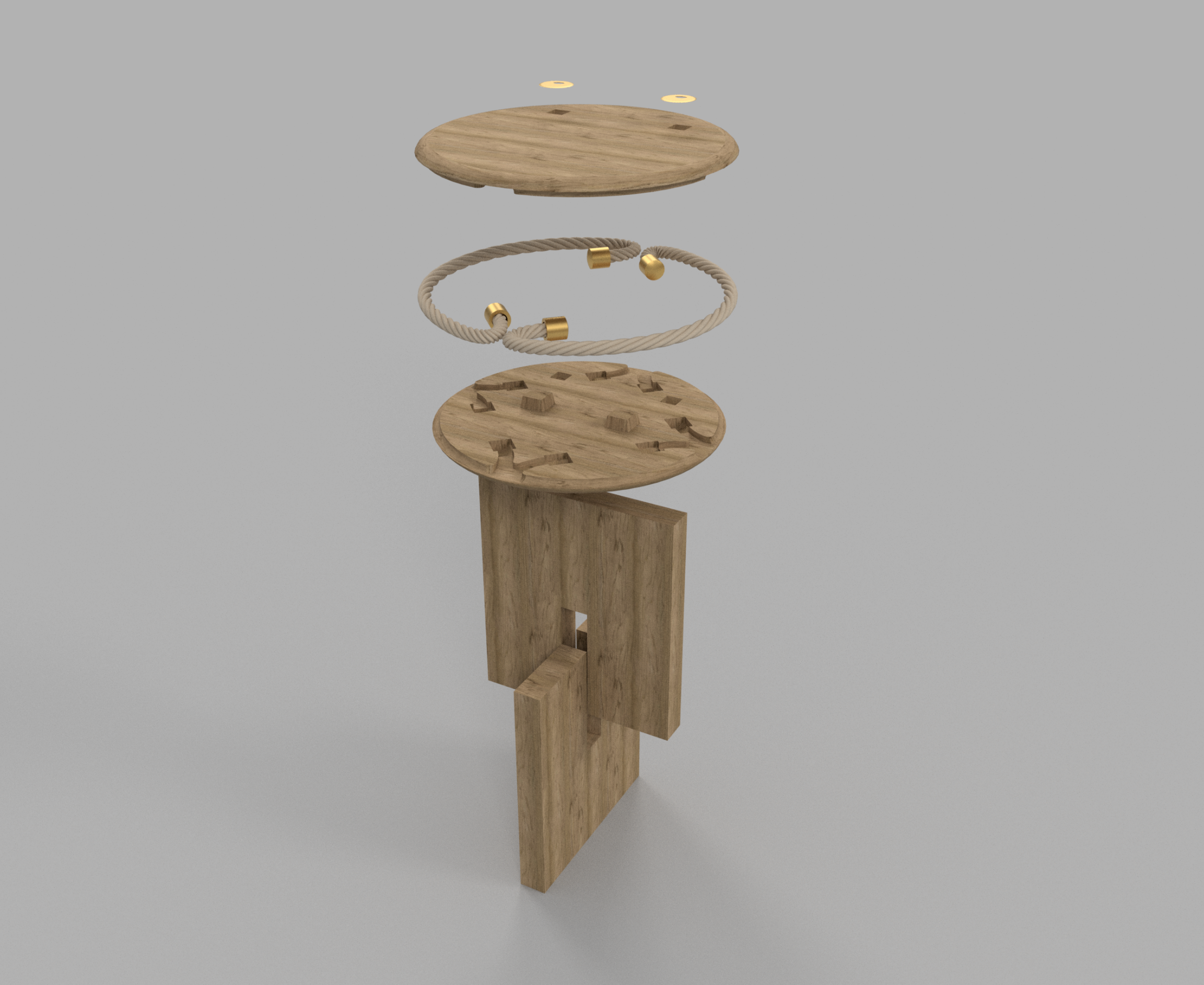

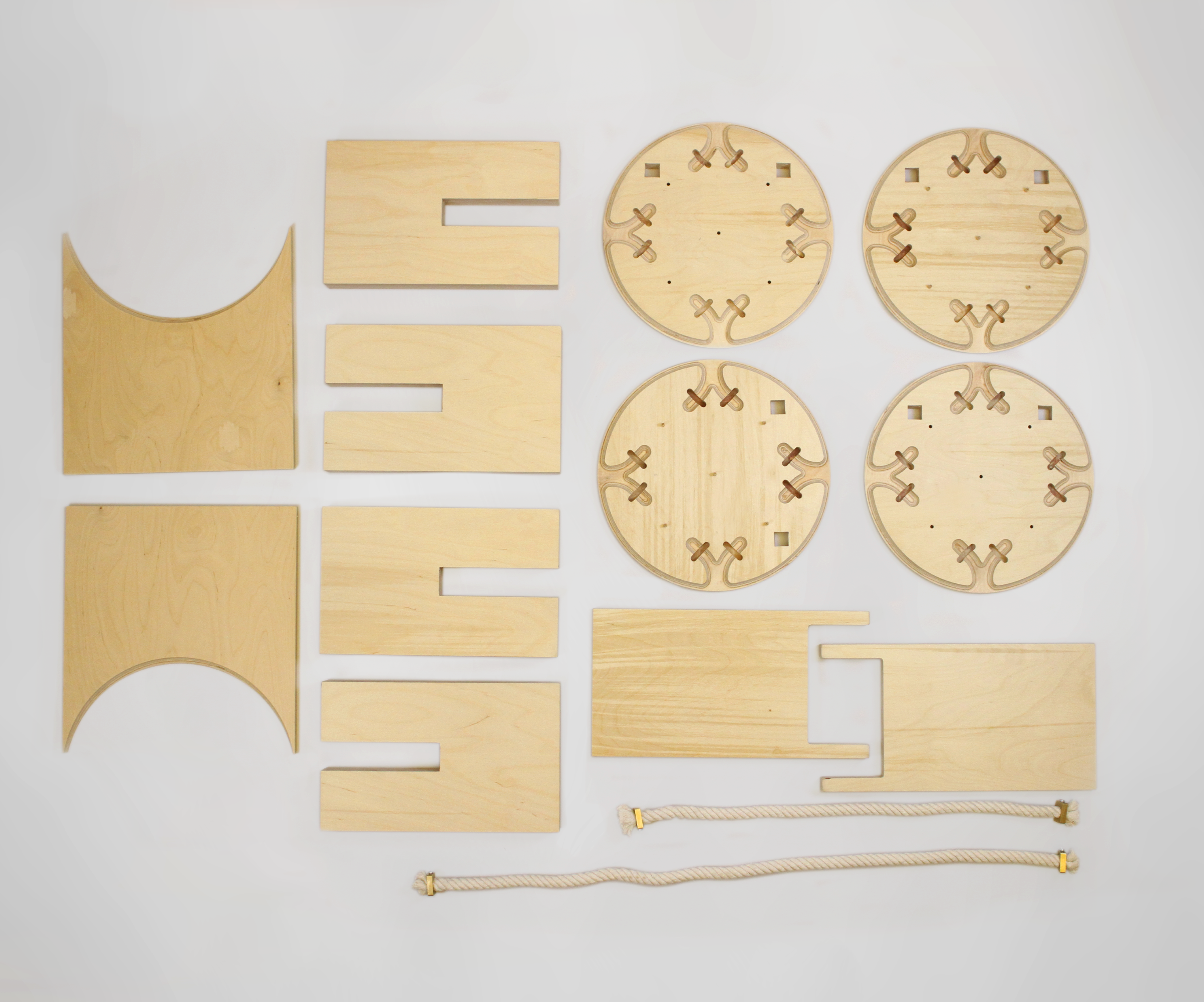

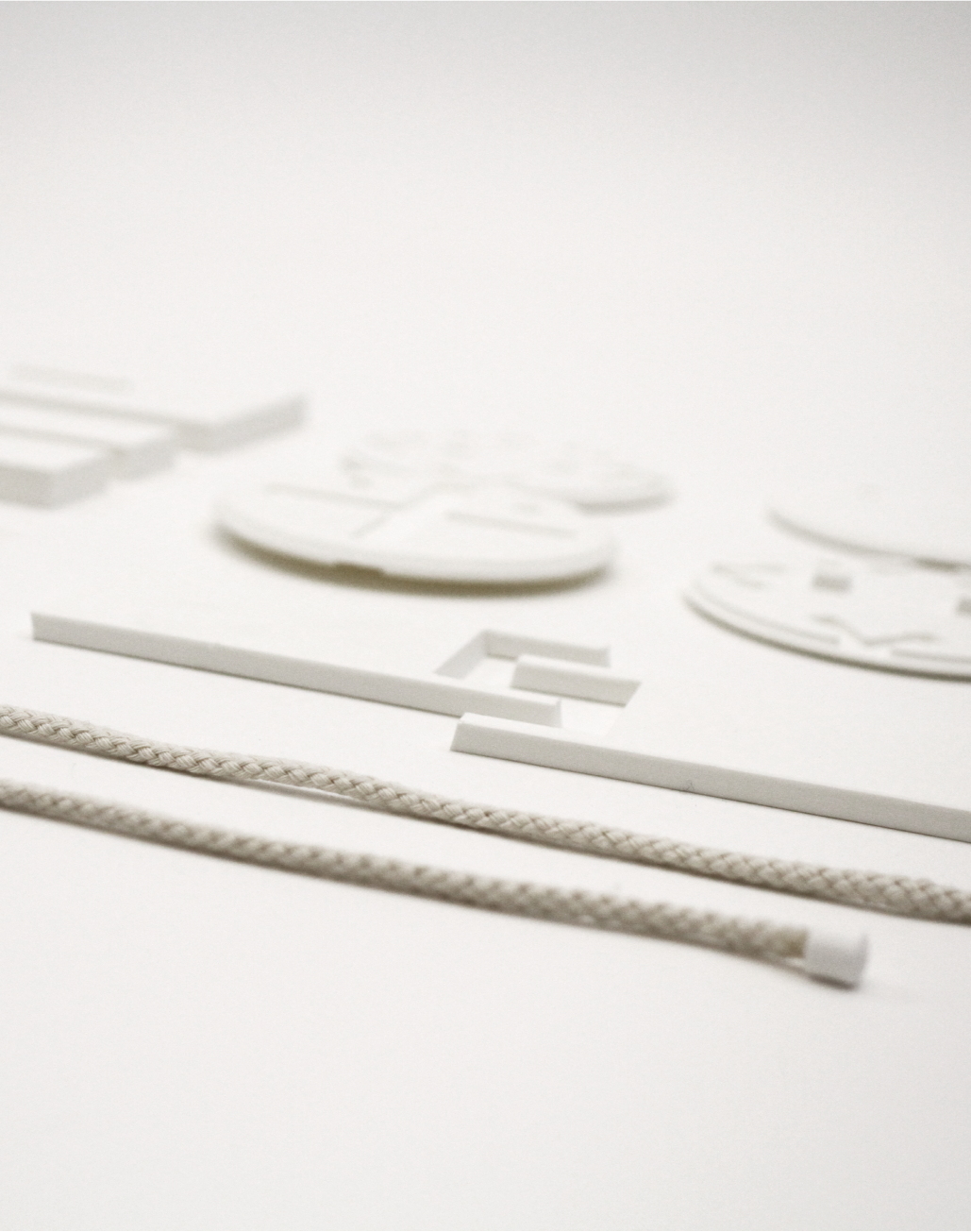




Material Selection
- Oak
- Rope
Prioritizing sustainability and community, we use locally sourced materials, emphasizing their eco-friendly benefits and reduced carbon footprint.
Our portfolio showcases various wood samples, design sketches, and development stages, providing a holistic view of our design journey. Evolving from a round to a flat, ergonomic backrest illuminates our design considerations.
The final prototype, while initially plywood-based due to budget constraints, paves the way for an indigenous wood, potentially oak, final piece.
Our choices:
![]()
Oak
![]()
Rope

Oak
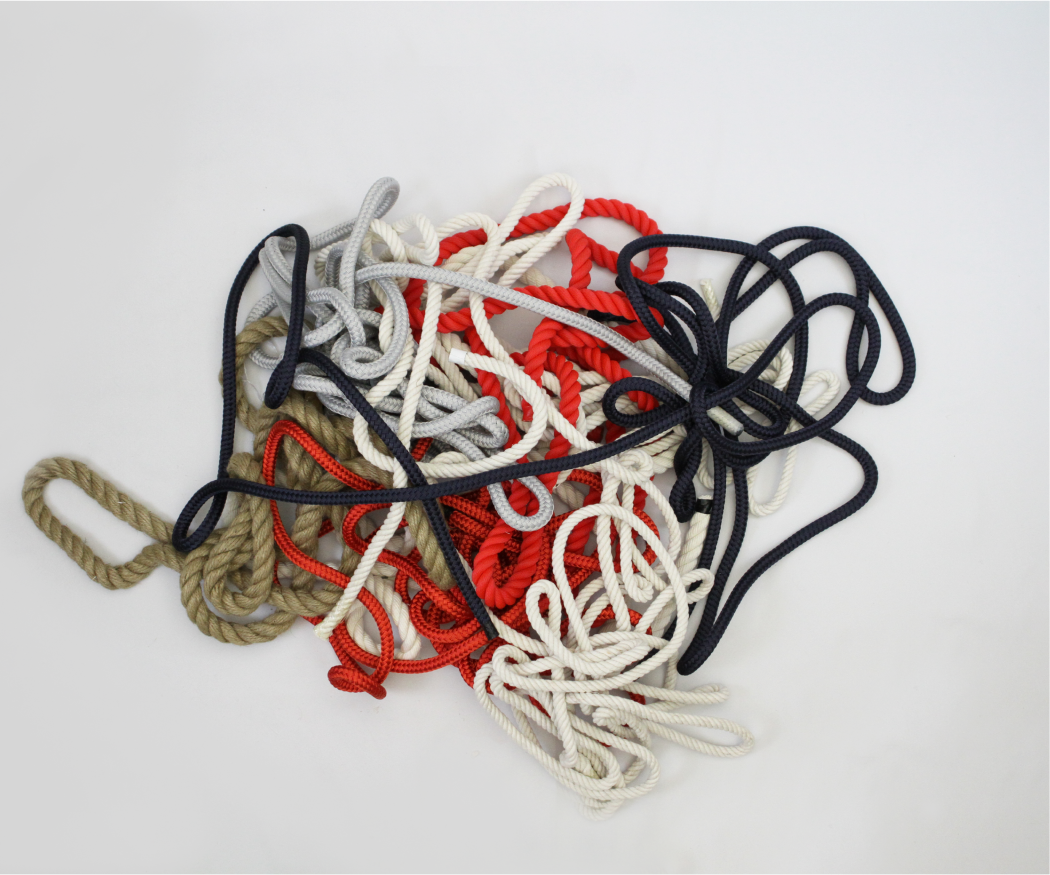
Rope
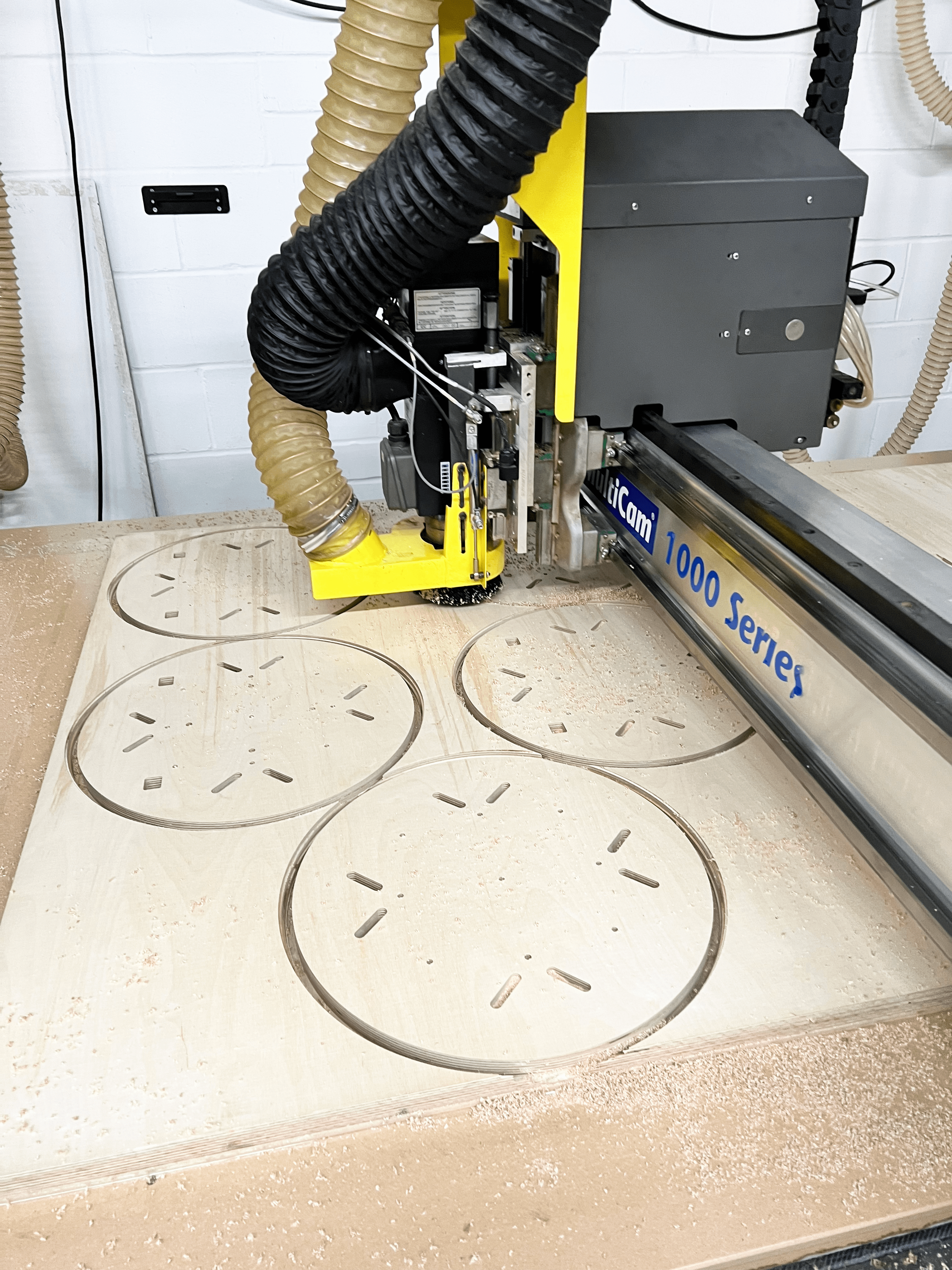





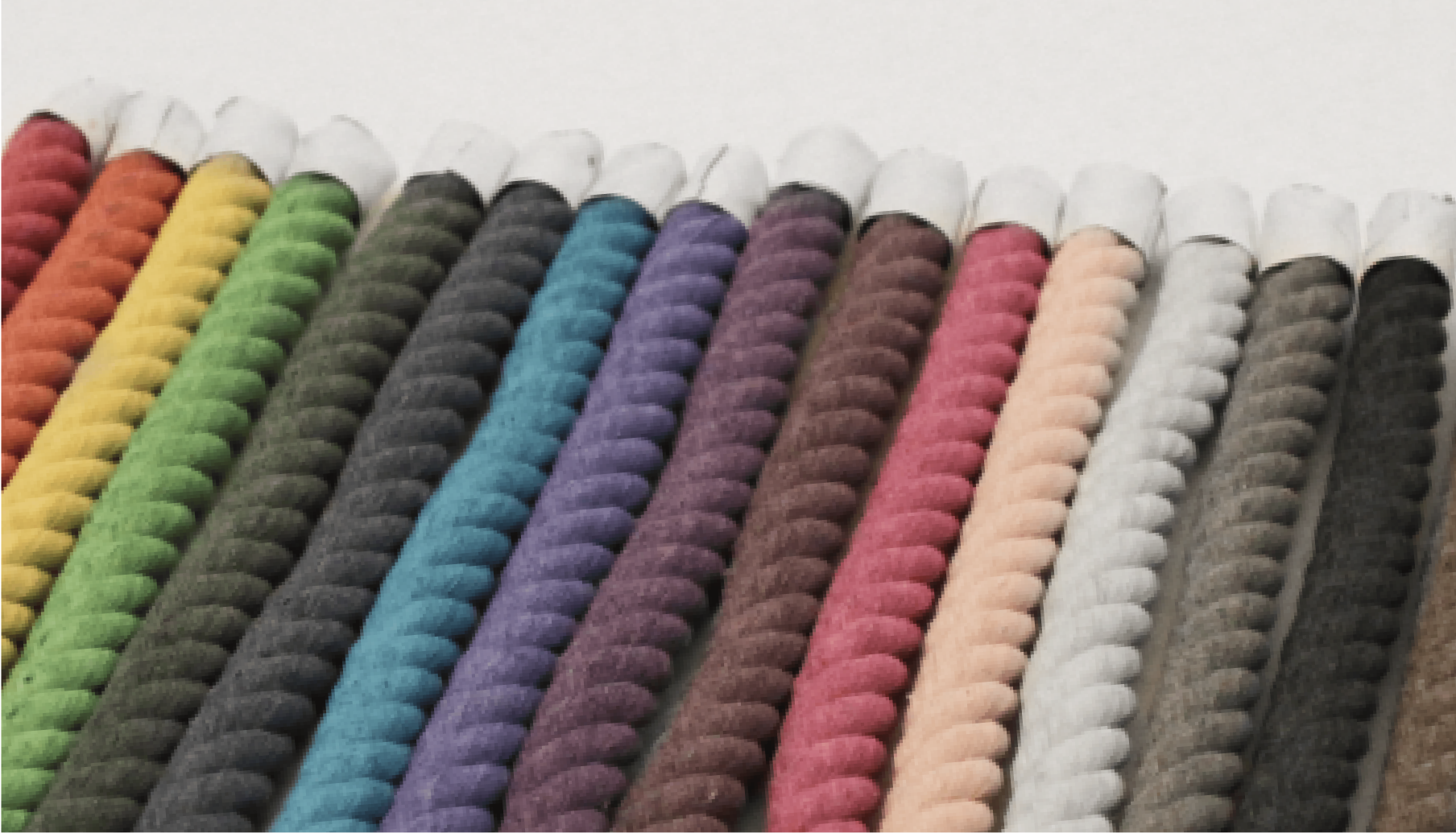


Material Selection:
The ropeI've streamlined the design to use a single length of rope that can be connected to extend its length by attaching it to other ropes. The design, absent of nails, symbolizes shared moments without the necessity for constant conversation—allowing for a shared yet quiet space, whether reading a book or engaging in individual activities, fostering a comforting atmosphere.
I chose rope because I aimed for a contrast in materials, seeking a blend of the rigid and the soft to introduce a sense of play and movement. This choice also carries a metaphorical significance, symbolizing connections and the act of building relationships. During the assembly process, the realization struck me that this design could potentially serve as a catalyst for communal connections.
The infinity sign is symbolic—it started as a straight line, but it felt incomplete. The crisscrossed form adds a sense of connection, making it more meaningful. Although you can choose to keep it straight, the intention behind the design is to evoke a feeling of interconnectedness.


Adapting with Play
My vision centers on crafting an aesthetically pleasing, expansive Meccano set for furniture construction, addressing the lack of visual charm in existing sets.
Imagine a large-scale Meccano kit that morphs from chairs to tables based on user needs, promoting sustainability by eliminating disposability and encouraging creativity.

While play often fades in adulthood, this concept revitalizes it. It's about rekindling creativity in a structured yet accessible manner, akin to positioning Lego blocks. This design allows for versatile placements, empowering users with creative decision-making without complexity. This playful approach aligns seamlessly with the overarching narrative, emphasizing the joy and innovation behind the concept.









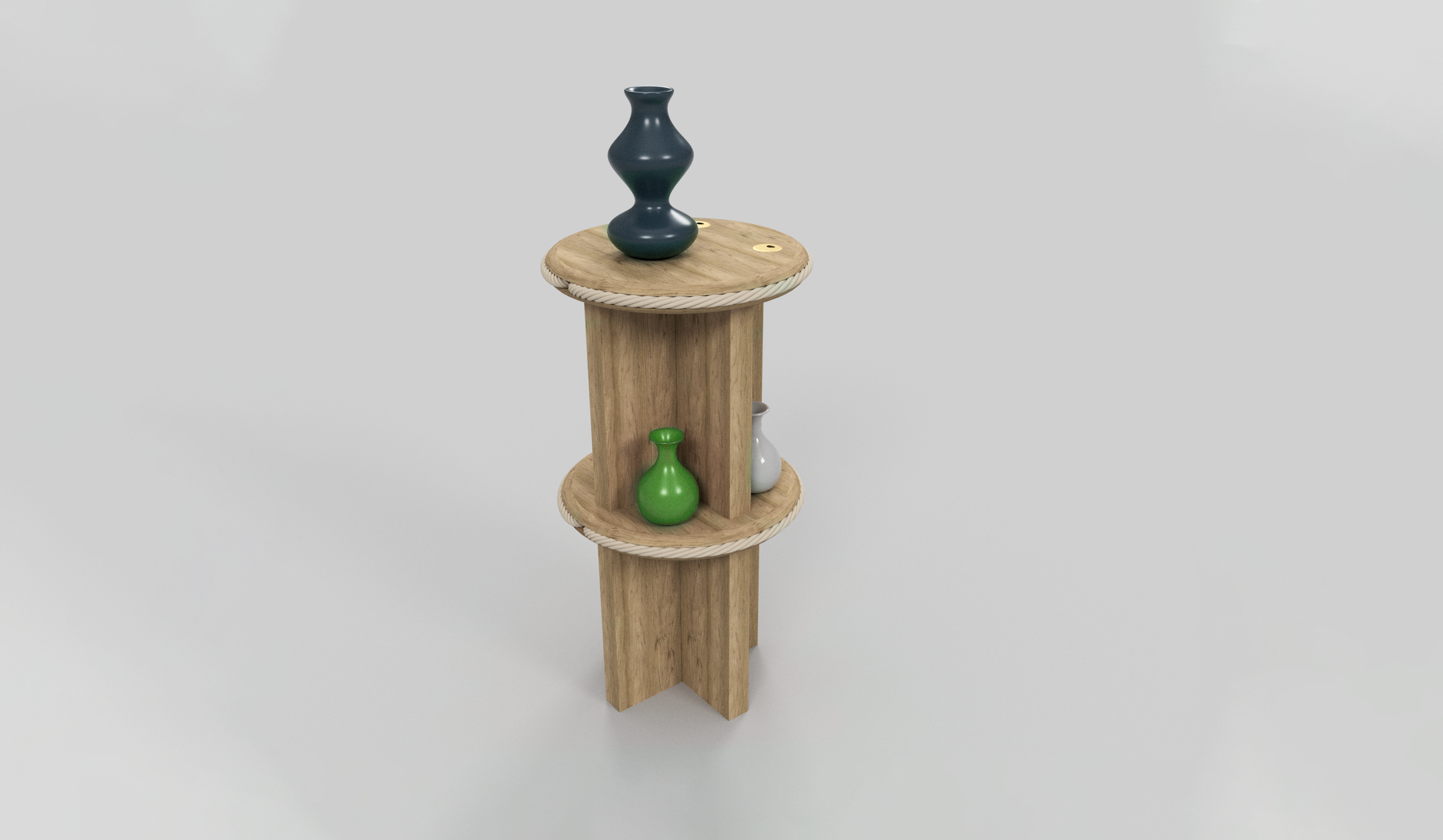




Prototyping
“Building your space”The idea of timelessness echoes the Bauhaus ethos, prioritizing design over fleeting trends. This philosophy emphasizes democratic design principles, focusing on accessibility and functionality over exclusivity. My aim isn't to diminish premium design's value but to offer quality, versatile furniture without steep prices, catering to a wider audience.
Inspiration also stems from innovators like Ronald Rael, whose 3D-printed designs, like mud houses in Mexico, emphasize accessibility. While my designs aren't directly influenced by such projects, the broader concept of democratizing design is inspiring. Companies like Icon Build, known for 3D-printed housing and collaborations with NASA, highlight the fusion of technology, design, and ethical considerations.
Balancing academic knowledge with practical experience remains crucial. I initially considered hands-on work but opted for a Master's program to deepen my design understanding. While my academic foundation shapes my perspective, real-world application remains invaluable. My interest in unconventional materials, like Rael's use of Adobe clay in 3D printing, reflects my continuous pursuit of innovative design avenues.
















Credits & details
Designer
Constanza Pinto